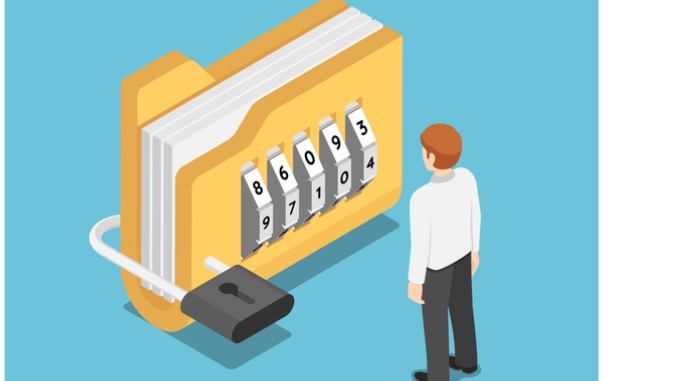
Effective document management practices are essential in today’s digital age to safeguard sensitive information and maintain operational efficiency
CREDIT: This is an edited version of an article that originally appeared on AboutLeaders
In today’s digital age, secure document management is essential for maintaining operational efficiency. Businesses rely on digital systems to store, manage, and track electronic documents seamlessly. However, as we increasingly transition to digital archives and workflows, ensuring the security of documents becomes paramount. Without robust security measures, organisations face the risk of financial and reputational damage due to leaks or breaches.
Best practices
Access control measures are vital, requiring users to authenticate their identity before accessing sensitive information, thus keeping unauthorised individuals at bay. These security features should be integrated into the initial stages of building a document management system.
If you’re not well-versed in building a secure document management system, it’s best to seek assistance from professionals. Additionally, implementing data backup strategies is essential to protect documents from loss or damage, ensuring that critical information can be recovered in the event of a system failure or cyberattack.
Importance of training
While technical safeguards are essential, addressing the human element is equally crucial. Employees often act as the first line of defence against security threats, making their role in maintaining document security paramount. Regular training and awareness initiatives can empower staff with the knowledge to identify and mitigate security risks, reinforcing the importance of adhering to established protocols and procedures.
Furthermore, in an era of increasingly strict regulatory compliance and data protection laws, employee comprehension of the regulations surrounding document security is becoming increasingly vital. Organisations across various sectors have legal obligations to safeguard sensitive information, including personal data, financial records, and intellectual property. Failure to meet these regulatory requirements can lead to fines, legal penalties, and reputational damage.
Advanced security
Technological advancements have brought about sophisticated tools that significantly enhance document security. Machine learning algorithms, for instance, can monitor document access patterns, detect anomalies, and promptly alert administrators to potentially unauthorised or suspicious behaviour.
By incorporating these cutting-edge technologies, organisations can bolster traditional security measures, providing multi-layered protection for their document management systems.
Robust policies
In addition to leveraging technology and providing comprehensive employee training, establishing robust document management policies is crucial. These policies serve as a framework for handling and securing documents throughout their lifecycle, from creation and use to storage and eventual disposal. Regular reviews and updates are essential to ensure that these policies remain relevant and responsive to evolving security threats and business needs.



Be the first to comment